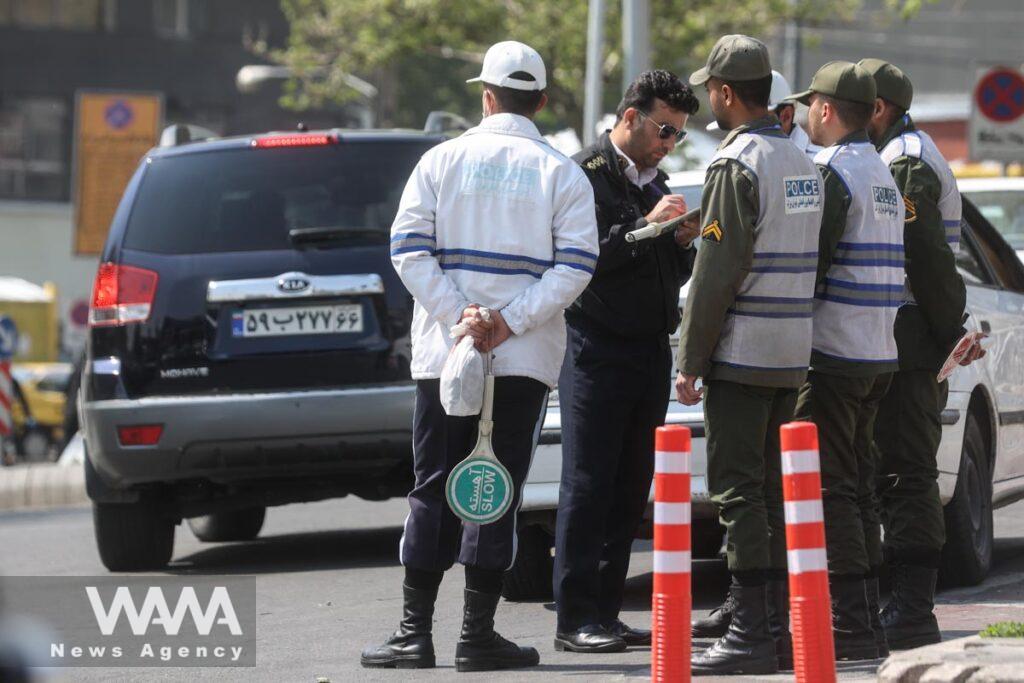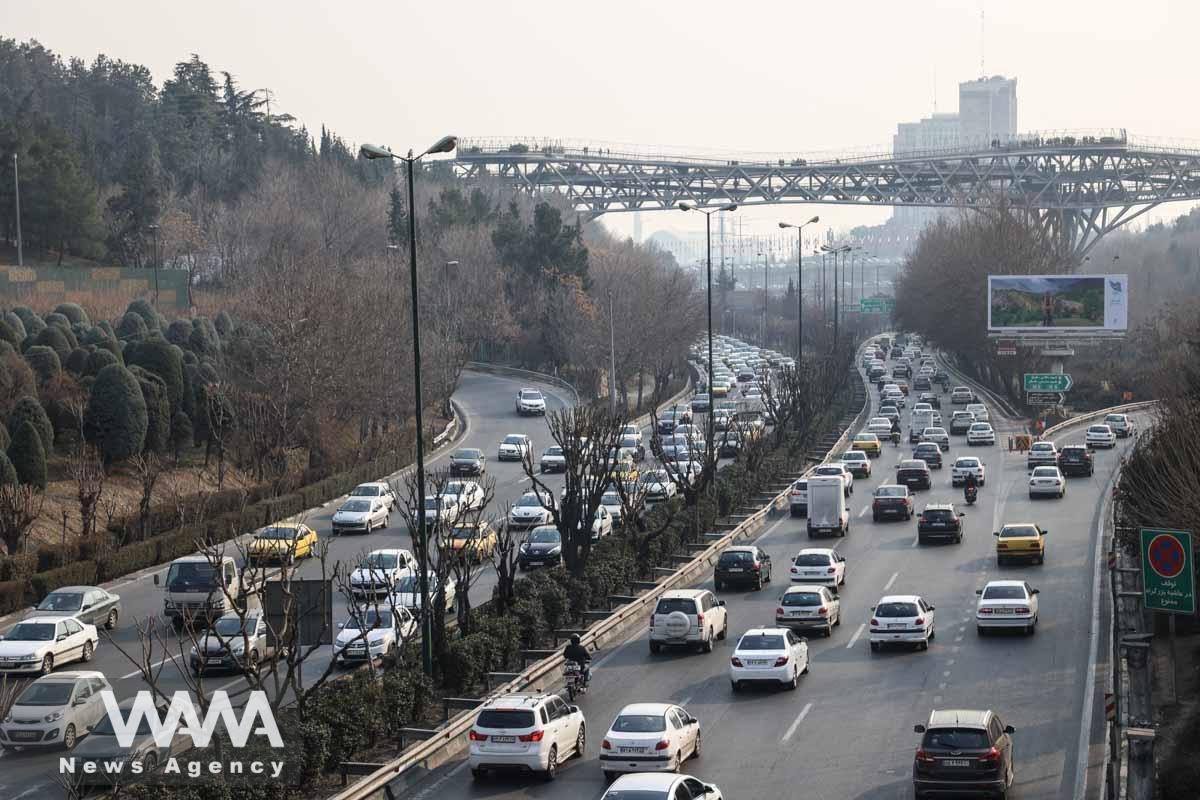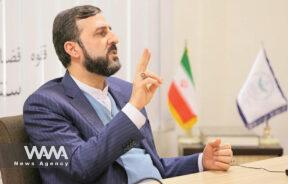Is Driving in Iran Getting Too Expensive?
WANA (Aug 27) – Navigating the bustling streets of Iran can be both a thrill and a challenge. With a diverse collection of drivers, imposing traffic fines is crucial to maintaining order and safety.
Currently, the fine for running a red light in Iran stands at 4 million IRR, which, considering the average monthly salary of approximately 120 million IRR, equates to about 3.3% of a worker’s income. Similarly, other traffic violations, such as speeding and illegal parking, carry fines that represent 1% to 12% of the average monthly salary. Four million IRR equals about seven USD.
It’s good to know that in Iran, like many other countries, the most expensive fine belongs to driving while drunk, which is about $26.
Comparing Global Traffic Fine Structures
To put this into perspective, let’s compare these figures with other countries:
United States: In many states, running a red light can cost around $100 to $500, roughly 0.3% to 1.6% of the average monthly salary of $3,000.
Germany: The fine for a similar offence in Germany can be about €90, approximately 0.3% of the average monthly salary of €3,000.
Japan: The fine for running a red light is about ¥9,000, around 0.6% of the average monthly salary of ¥1,500,000.
This comparison shows that Iranian traffic fines, as a percentage of average income, are relatively high. Yet, does this high fine-to-income ratio translate to fewer traffic offences?
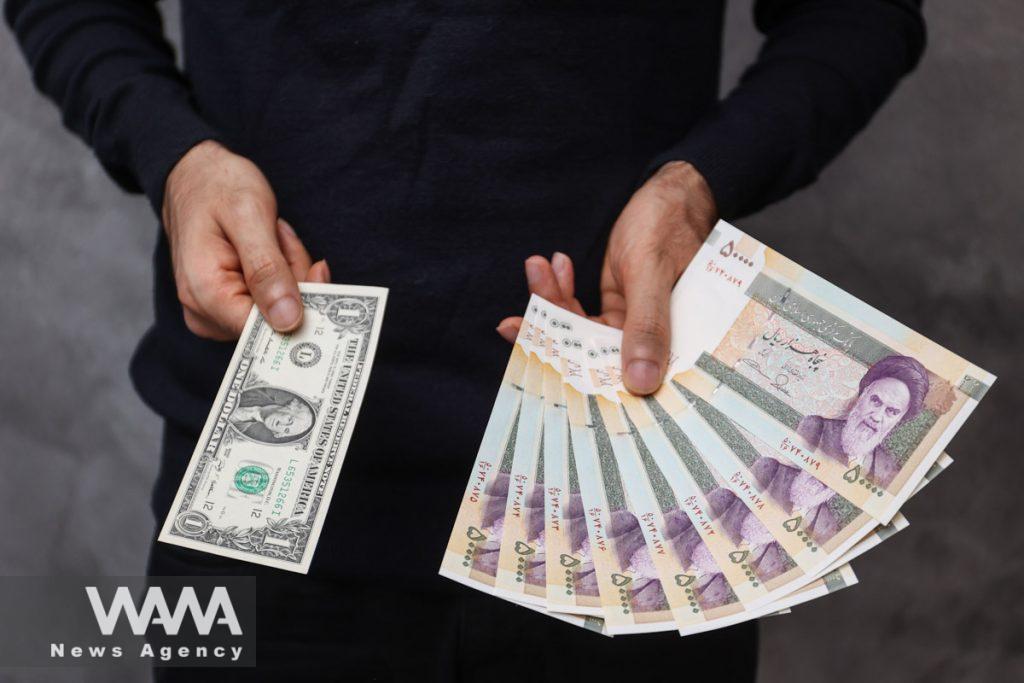
A currency dealer poses for a photo with a U.S. one-dollar bill and the amount being given when converting it into Iranian rials in an exchange shop in Tehran, Iran, December 25, 2022. Majid Asgaripour/WANA (West Asia News Agency)
Driving Crime Rates: Iran vs. Other Countries
Iran’s traffic crime rates are indeed concerning. According to a World Bank report, Iran experiences about 20 traffic-related deaths per 100,000 people annually, which is significantly higher than in many Western countries. For instance, the United States reports around 12 deaths per 100,000, and Germany about 4 per 100,000 (World Bank Data).
However, higher fines do not necessarily equate to fewer offences. In the United States, where fines are lower in terms of income percentage, comprehensive enforcement systems, including traffic cameras and strict policing, effectively reduce violations. Germany, with its strict driving education and strict enforcement policies, also brags lower traffic-related fatalities.
Effectiveness of Increasing Fines
Iran’s fines have recently increased, aiming to boost deterrence. Authorities believe that higher penalties will discourage dangerous driving behaviours. According to Brigadier General Teymour Hosseini, Chief of Iran’s Traffic Police, the focus is purely on safety, with no intention of revenue generation .
Psychologically, increasing fines can act as a deterrent. Studies indicate that harsher penalties can reduce the likelihood of violations, but only up to a certain point. The effectiveness diminishes if drivers perceive enforcement to be lax or arbitrary. For example, in Iran, where corruption and bribery are notable issues (with a corruption perception score of 79.71 out of 100), the deterrent effect of fines can be undermined if drivers believe they can avoid penalties through bribes .
Public opinion also plays a crucial role. Many Iranian drivers express frustration over the inconsistency and perceived unfairness in how traffic laws are enforced. “I’ve seen people get away with serious offences just because they know someone in the police,” says Ahmad Reza, a Tehran resident. “It’s not the fine that scares us; it’s the unpredictability of the enforcement.”
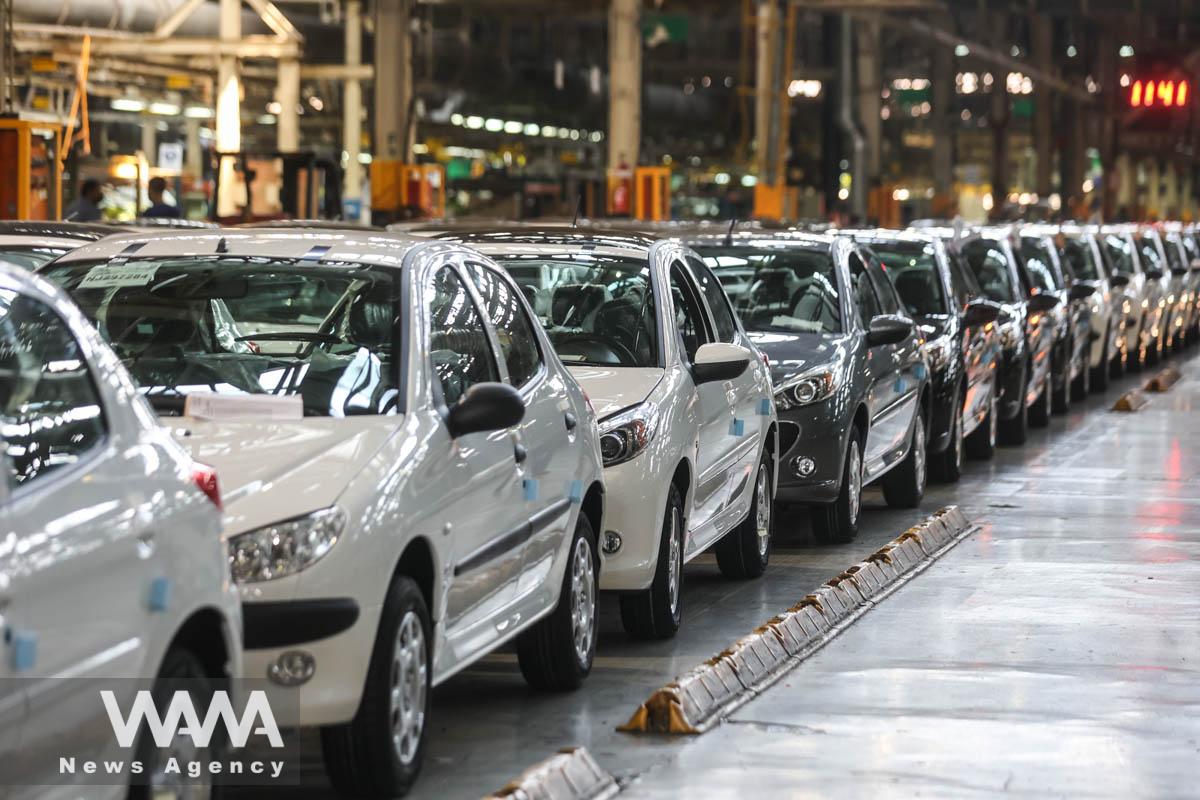
substandard & expensive cars on the streets of Iran
WANA (Apr 30) – Iranians have been unhappy with the low quality and high prices of domestically produced cars for years. We can see their anger recently. Ex-officials had promised to watch the problems, but no government officials could ever fulfill his promises! Experts believe there is high corruption, mafias, and lobbies in […]
A psychologist specializing in traffic behaviour explains, “While raising fines can initially decrease violations, it’s the certainty of being caught and punished that truly enforces road safety. Without this, even the highest fines lose their deterrent value.”
Despite the increase, the effectiveness of these fines in reducing traffic violations depends on enforcement and public compliance. Early reports indicate a mixed reaction. While some citizens feel the penalties are too harsh given the current economic situation, others acknowledge the potential for improved road safety.
If Iran really wants to cut down on traffic violations, they should think about more than just raising fines. It’s also essential to improve how they enforce the rules, cut down on corruption, and teach people more about staying safe on the roads.
By looking at successful models in countries like Germany and Japan, Iran can develop a more effective system that not only imposes penalties but also ensures they are fairly and consistently enforced. Then, we can hope to see an actual reduction in traffic crimes and a safer driving environment for all.
